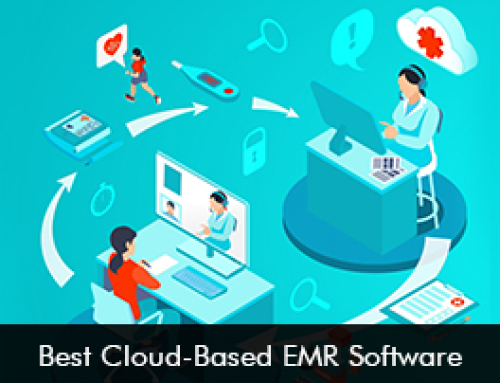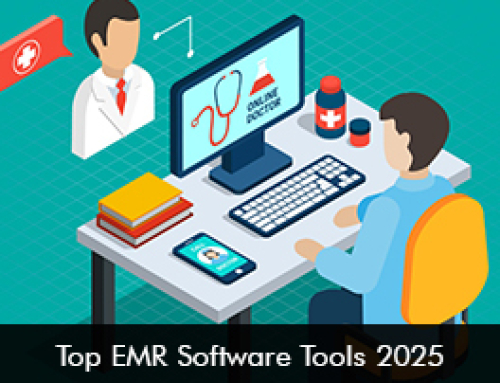Small medical practices have been hit hard by the COVID-19 pandemic, and it has been challenging for them to stay competitive and establish a consistent revenue stream. A recent survey by the organization revealed that telemedicine implementation has been embraced by hospitals, payers, and patients, whilst small medical setups are struggling to adapt to healthcare technology solutions. The American Medical Association conducted a study of 3,500 physicians and found out that only 15% are using telehealth solutions for patient diagnosis and care.
As a small practice, you need to make use of cost-effective Telemedicine EMR Software solutions to stay in the healthcare industry and compete with larger healthcare providers and clinics that are already using telehealth tools to extend their reach and enhance patient care.
Top 3 Reasons to go for a Telemedicine Platform
- Patient convenience – It’s getting more complicated to receive medical treatment in the US. It takes about 18 days to schedule a visit with the healthcare provider and it takes an average of 3 hours in travelling to see your doctor. Telemedicine solutions help to combat all these issues and improve access to care for the patient and also allows small medical practices to extend their reach by effectively diagnosing and treating patients remotely that live in the outskirts or are very old to drive to the clinic. Convenience is what the patients of today want, and telemedicine exactly does this by allowing the patient to get treatment from the comfort of their homes.
- Attracting and retaining patients – Due to the pandemic many patients are not comfortable seeing the doctor one-on-one and prefer remote care options. Attracting new patients and retaining existing ones is critical for small medical practices. By implementing telehealth solutions small clinics can extend their office hours and see more patients in a day. Patients want to see medical providers that offer telemedicine solutions so they can get the care they want from their homes. Telemedicine tools help to retain existing patients and attract new patients to get care from your clinic. Digital interactions are seen as almost as effective as in-person visits.
- Improved patient outcomes – As a small medical clinic, your aim is to enhance patient outcome levels and reduce any chances of hospital readmissions. The use of telemedicine and remote monitoring tools helps to improve patient follow-up. Patient and provider communication is also enhanced which ensures better patient care even after the patient is discharged or has any underlying health conditions that need to be monitored regularly.
Telemedicine EMR Software Challenges and Solutions for small medical setups
As with any technology solution, telemedicine also has some common implementation challenges such as integration challenges, technological challenges, and patient privacy concerns. It is vital that a small medical clinic goes for a telemedicine vendor that offers seamless integration of the telemedicine software with the EHR Software system. To avoid any violations it is critical to go for Telemedicine EMR Software that is HIPAA compliant to ensure the safety and privacy of patient data round the clock. Technology has its challenges as certain patients might be uncomfortable using digital tools to interact with their providers. A user-friendly and intuitive interface can help combat this problem and medical practices need to continually educate their patients about the benefits of the virtual platform so they use it to their advantage.
Bottom Line
Recently, small medical practices are increasingly deploying telemedicine tools at higher rates. The pandemic has increased demand for remote care solutions and practices that don’t implement technology solutions will be left out. Telemedicine is a great alternative to traditional doctor visits improving patient engagement and providing a higher level of care. You can further read our blog post about the integration of the telemedicine platform into your healthcare software to make the telemedicine software integration process seamless.








